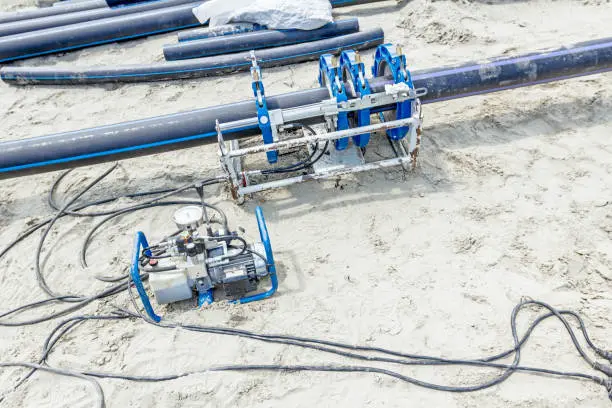Introduction:
Unlocking the full potential of High-Density Polyethylene (HDPE) involves mastering the art of bonding two pieces together. In this comprehensive guide, we explore the characteristics, advantages, and value of bonding techniques, empowering you to achieve seamless connections in your HDPE projects.
Section 1: HDPE Unveiled – A Material of Versatility
HDPE: Beyond the Ordinary:
Highlight the unique characteristics of HDPE, setting the stage for understanding the challenges and solutions in bond two pieces of this versatile material.
Section 2: Techniques for Bonding HDPE
Fusion Bonding:
Explore the precision of fusion bonding, a technique where two pieces of HDPE are heated and joined, creating a seamless connection. Emphasize its reliability and strength across various applications.
Adhesive Bonding:
Dive into the world of adhesive bond , where specialized adhesives create a strong and durable bond between two pieces of HDPE. Highlight its versatility and suitability for specific project requirements.
Section 3: Advantages of Fusion Bonding
Homogeneous Integration:
Emphasize how fusion bonding creates a homogeneous structure, ensuring a seamless and robust connection between two pieces of HDPE without potential weak points.
Leak-Free Assurance:
Highlight the importance of leak-free connections achieved through fusion bonding, providing long-term reliability and reducing maintenance costs.
Section 4: Advantages of Adhesive Bonding
Versatility:
Illustrate how adhesive bonding offers versatility in connecting different shapes and sizes of HDPE pieces, providing flexibility for various project requirements.
Ease of Application:
Highlight the simplicity and ease of applying adhesives for bond HDPE, minimizing the need for specialized tools and ensuring a user-friendly process.
Section 5: Applications of Bonding HDPE
Plumbing and Water Systems:
Explore the use of bond techniques in plumbing systems, emphasizing the reliability and durability of HDPE joints in water supply and distribution.
Industrial Fabrication:
Examine the versatility of bonding HDPE in industrial settings, showcasing how fusion and adhesive bonding meet the demands of various fabrication applications.
Section 6: Choosing the Right Bonding Technique
Assessing Project Specifications:
Guide readers through the process of evaluating project requirements to determine the most suitable bonding technique. Emphasize the importance of aligning the method with project goals.
Expert Consultation:
Encourage readers to seek guidance from industry experts when selecting bonding methods, ensuring the chosen technique aligns with project-specific needs.
Section 7: Case Studies
Success Stories in Bonding Mastery:
Present case studies that showcase successful applications of various bonding techniques in real-world scenarios. These examples serve as practical illustrations of the effectiveness and value of different methods.
Conclusion:
Summarize the key advantages of fusion and adhesive bonding techniques for HDPE, emphasizing their impact on strength, durability, efficiency, and overall project success.
Call to Action:
Empower readers to explore the possibilities of bond two pieces of HDPE in their projects. Provide resources for obtaining additional information, consulting with experts, and making informed decisions to ensure successful and reliable connections in their endeavors.
Contact
We will reply your email or fax within 24 hours.
You can call us at any time if there is any question on our production.
For more information,pls visit our webside https://www.ifanplus.com/
Pls Mailto: [email protected]






